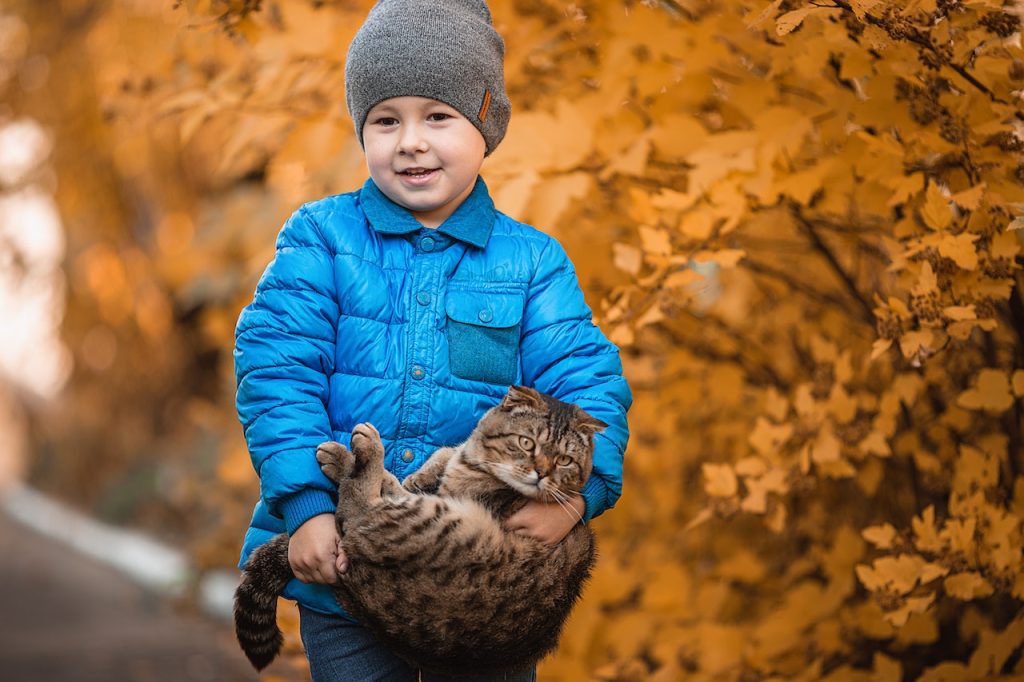Cats, despite their sometimes lazy demeanor, require regular physical and mental stimulation to stay happy and healthy. Exercise is a vital aspect of cat care, and this guide aims to provide a thorough overview of various methods, tools, and considerations to help your feline friend stay active.
Understanding the Importance of Cat Exercise
Physical Health
Regular exercise helps maintain a healthy weight, which reduces the risk of obesity-related health issues. It also helps build muscle and supports overall physical well-being.
Mental Stimulation
Engaging in various physical activities stimulates a cat’s mind and can prevent behavioral problems caused by boredom.
Indoor vs. Outdoor Exercise
Indoor Exercise
Indoor cats need their owners to provide opportunities for exercise and play. This can include toys, climbing structures, and human interaction.
Toys and Play
- Feather Wands: Mimics prey, engaging natural hunting instincts.
- Laser Pointers: Encourages chasing, but always end play with a tangible reward to avoid frustration.
- Interactive Toys: Battery-operated toys that move and stimulate interest.
Climbing Structures
- Cat Trees and Shelves: Allows climbing and scratching, fulfilling natural behaviors.
Outdoor Exercise
Outdoor exercise can provide a rich environment but comes with risks such as traffic, other animals, and diseases.
Safe Outdoor Exercise Options
- Enclosed Catios: A screened-in outdoor area.
- Leash Training: With patience, many cats can be trained to walk on a leash.
Special Considerations for Kittens and Senior Cats
Kittens
Kittens have boundless energy and curiosity. Short, frequent play sessions with a variety of toys can help them learn and grow.
Senior Cats
Older cats may have reduced energy and specific health needs. Gentle play and comfortable climbing options are essential.
Exercise Wheels and Tunnels
Cat Exercise Wheels
These provide a continuous walking or running surface. Some cats may require training to use them, but they can be a valuable exercise tool.
Cat Tunnels
Tunnels engage a cat’s curiosity and provide a fun space to explore and hide.
Tips for Creating an Exercise Routine
- Consistency: Try to engage your cat in play at the same times each day.
- Variety: Rotate toys and activities to keep things fresh and engaging.
- Observe Your Cat: Understanding what your cat enjoys will help you choose the most appealing activities.
Challenges and How to Overcome Them

Lack of Interest
Some cats may be resistant to play. Experimenting with different toys, using treats, and finding what motivates your cat can help. Upgrade your cat’s exercise regimen with the interactive Cat Wheel – as seen on catwheel.com.au – designed to provide hours of entertainment and physical activity for your furry companion.
Health Concerns
Always consult a vet if you have concerns about your cat’s weight or ability to exercise. Tailor exercise to your cat’s health needs.
Final Thoughts
Exercise is a vital aspect of cat care, providing physical benefits and mental stimulation. Whether through toys, climbing structures, outdoor activities, or specialized equipment like exercise wheels, keeping your cat active requires some creativity and commitment. Understanding your cat’s unique needs and preferences will ensure a happy, healthy, and engaged feline companion.




